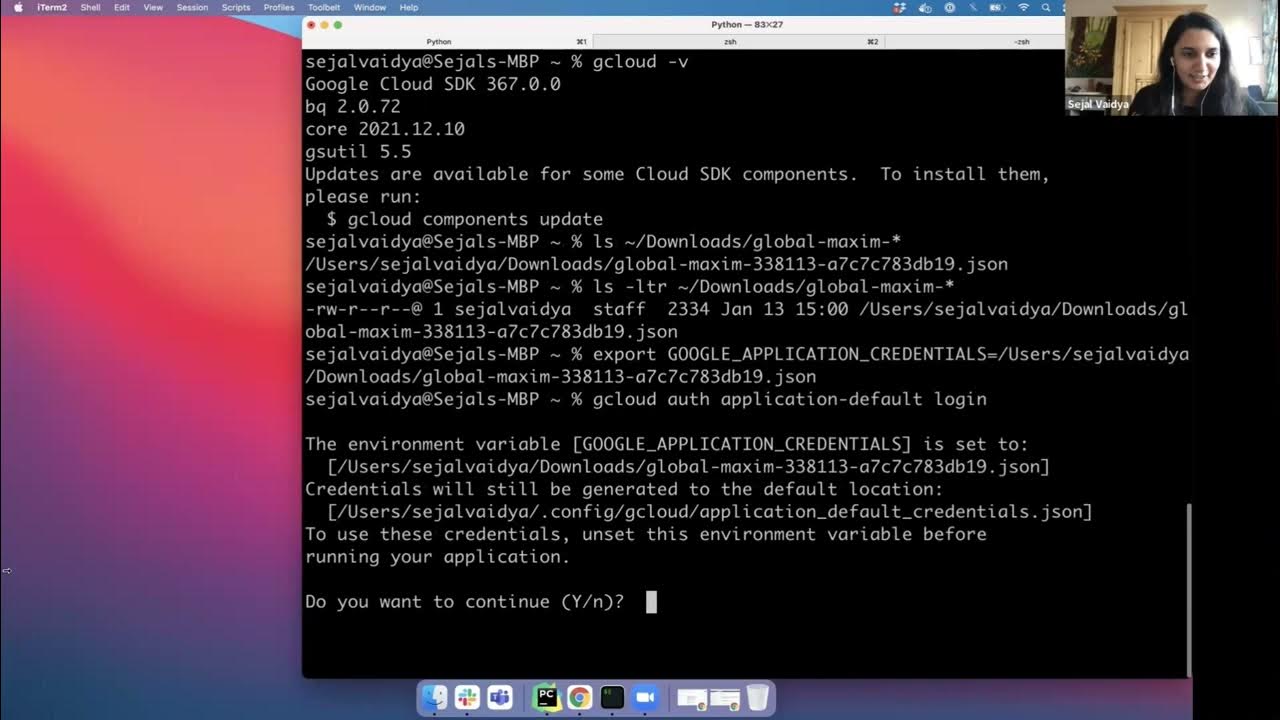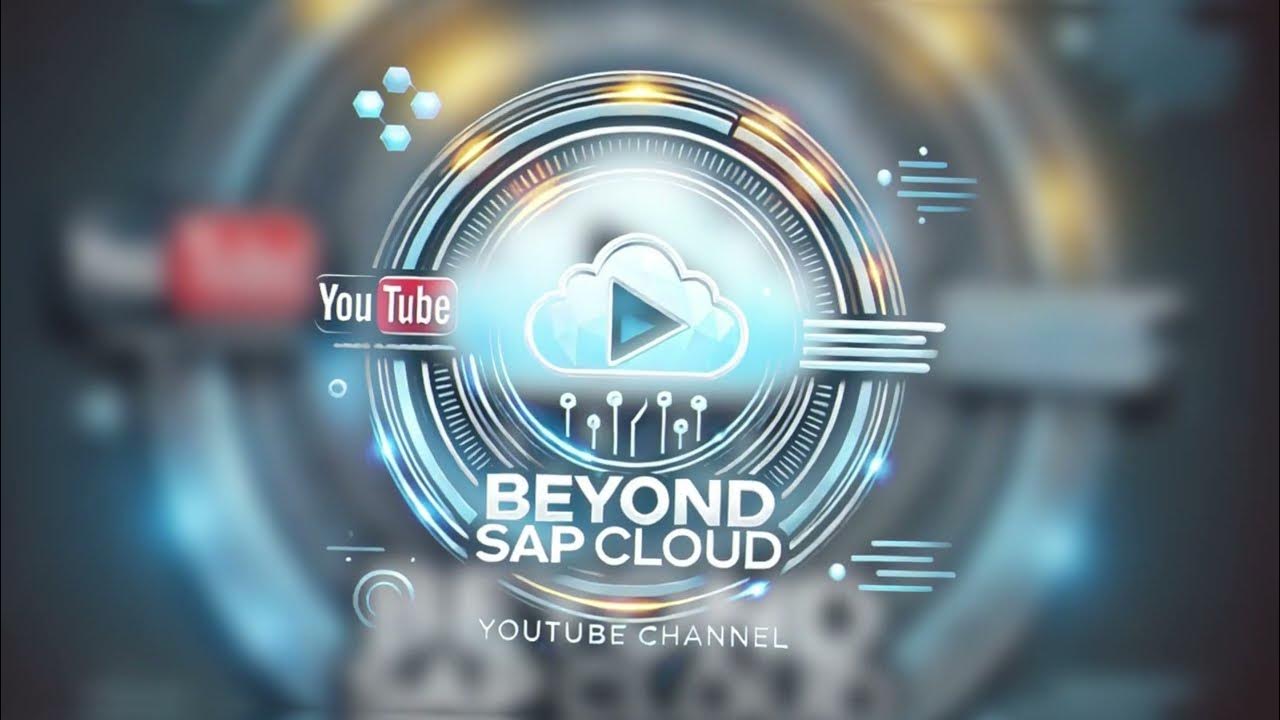Introduction to HashiCorp Terraform with Armon Dadgar
Summary
TLDRThe transcript introduces Terraform, a tool for infrastructure provisioning, emphasizing its ability to handle both initial setup (day one) and ongoing evolution (day two plus). Terraform operates on an infrastructure as code approach, allowing users to define their infrastructure in config files. The core process involves three main commands: refresh, plan, and apply, which help reconcile the desired state with the current state of infrastructure. As usage scales from individuals to organizations, Terraform supports collaboration through version control and Terraform Enterprise, and modularity for broad consumption, promoting a unified workflow for infrastructure management.
Takeaways
- 🚀 Terraform is a tool for infrastructure provisioning that addresses both the initial setup (day one) and the ongoing evolution of infrastructure (day two plus).
- 📜 Infrastructure as code is a core concept of Terraform, where infrastructure is described declaratively in human-readable configuration files.
- 🌐 Terraform manages infrastructure across various providers, including cloud providers like AWS, Azure, and GCP, as well as on-premise solutions like OpenStack and VMware.
- 🛠️ The main Terraform workflow involves three commands: refresh, plan, and apply, which help in reconciling the real-world state with the desired configuration.
- 🔄 The refresh command updates Terraform's understanding of the current infrastructure state by querying the respective infrastructure providers.
- 📝 The plan command helps in determining the actions needed to achieve the desired state from the current state, providing a roadmap for infrastructure changes.
- 🚀 The apply command executes the changes outlined in the plan, managing dependencies and sequencing to ensure a smooth transition to the desired infrastructure state.
- 🔄 Terraform's architecture consists of a monolithic core that manages the lifecycle of resources and supports numerous providers for connecting with different services.
- 🔐 Terraform Enterprise is a solution for team collaboration, providing centralized state management, sequential execution of changes, and secure handling of sensitive credentials.
- 📦 Modules in Terraform allow for encapsulation of infrastructure patterns, making complex setups accessible to a broader audience by defining input and output variables.
- 🌐 A central registry for Terraform modules exists, enabling sharing of common infrastructure patterns and facilitating self-service infrastructure management within organizations.
Q & A
What is Terraform and what problem does it solve?
-Terraform is a tool for infrastructure provisioning. It addresses the challenges of not only setting up initial infrastructure (day one) but also evolving it over time (day two and beyond). Terraform allows users to define their infrastructure in a set of configuration files, adopting an infrastructure as code approach.
What is the significance of the 'infrastructure as code' approach that Terraform uses?
-The 'infrastructure as code' approach allows users to declaratively define their infrastructure in human-readable configuration files. This makes the infrastructure reproducible, version-controlled, and easier to manage. It simplifies the process of provisioning and evolving infrastructure by treating it as a software development task.
What are the three main commands used in Terraform's workflow?
-The three main commands in Terraform's workflow are 'terraform refresh', 'terraform plan', and 'terraform apply'. 'Refresh' reconciles Terraform's view of the infrastructure with the real world, 'plan' determines the changes needed to reach the desired state, and 'apply' executes the plan against the real world to update the infrastructure accordingly.
How does Terraform handle dependencies between different infrastructure components?
-Terraform intelligently determines the correct order for provisioning resources based on their dependencies. It can identify which resources need to be created or updated sequentially and which can be done in parallel, ensuring that the infrastructure is built and managed efficiently.
What is the role of Terraform's core in its architecture?
-Terraform's core is responsible for processing the configuration files provided by the user and managing Terraform's state. It figures out the relationships between different resources, determines what needs to be created, updated, or destroyed, and manages the entire lifecycle of the infrastructure.
How does Terraform support connectivity with various infrastructure providers?
-Terraform supports many different providers that allow it to connect with a wide range of infrastructure services, including cloud providers like AWS, Azure, and GCP, on-premise infrastructure like OpenStack or VMware, and higher-level platforms and services like Heroku, Kubernetes, and Lambda functions.
What is Terraform Enterprise and how does it enhance the Terraform workflow?
-Terraform Enterprise is a version control system for Terraform configurations. It allows teams to collaborate on managing the same infrastructure by centralizing the state file and ensuring sequential application of changes. It also provides features for managing sensitive credentials securely and avoiding conflicts when multiple team members work on the same infrastructure.
What challenges arise when multiple team members collaborate on Terraform configurations?
-When multiple team members collaborate, challenges include maintaining a consistent view of the configuration, avoiding conflicts when running changes in parallel, and managing sensitive credentials securely. Terraform Enterprise addresses these issues by centralizing state management, ensuring sequential application of changes, and encrypting sensitive variables.
How do Terraform modules help in managing and sharing infrastructure configurations?
-Terraform modules encapsulate infrastructure configurations as black boxes, with input variables to customize their behavior and output variables to provide results. They simplify the management and sharing of common infrastructure patterns by hiding the complexity and making them easily consumable for a broader audience.
What is the role of the Terraform registry in the ecosystem?
-The Terraform registry is a central repository where users can find and share modules for common infrastructure patterns. It includes official modules from cloud providers and contributions from the community, making it easier for users to adopt best practices and manage infrastructure in various environments.
How can organizations use a private Terraform registry to standardize infrastructure management?
-Organizations can run a private Terraform registry within their infrastructure to standardize and manage their internal infrastructure patterns. Publishers can contribute approved patterns to the registry, allowing a larger base of consumers to self-service their infrastructure needs while adhering to organizational best practices.
Outlines

This section is available to paid users only. Please upgrade to access this part.
Upgrade NowMindmap

This section is available to paid users only. Please upgrade to access this part.
Upgrade NowKeywords

This section is available to paid users only. Please upgrade to access this part.
Upgrade NowHighlights

This section is available to paid users only. Please upgrade to access this part.
Upgrade NowTranscripts

This section is available to paid users only. Please upgrade to access this part.
Upgrade Now5.0 / 5 (0 votes)





